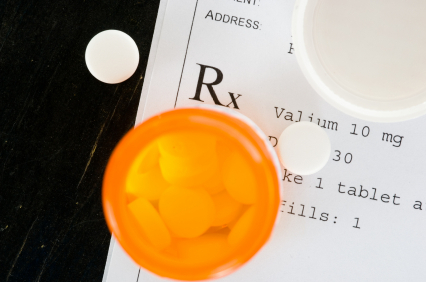Benzodiazepines and antidepressant use in Ireland

"A triumph of chemistry over insanity" was how a friend once summed up his need for anti-depressants.
For him, taking drugs was a Hobson's Choice -- he loathed toying with his circuitry, but failure to do so meant the darkness could overwhelm.
There are many thousands dealing with a similar dilemma, because like cancer, depression is an illness few families escape. Voluntary organisation Aware, which supports people with depression, estimates 450,000 are affected in Ireland, the equivalent of one in 10, at any one time.
Thousands more are grappling with disabling anxiety disorders, the most common mental health problem along with depression. It is estimated that one in nine will suffer a primary anxiety disorder over their lifetime, but only a fraction receive appropriate treatment.
Sometimes depression and an anxiety disorder go hand in hand. Neither have any regard for age, gender or background and can strike at any time.
Given the extent of depression and anxiety within our population, we decided to examine prescribing rates for the top five anti-depressants and anti-anxiety medication in each of the country's 32 local health offices (LHOs)* in an attempt to get some kind of handle on how dependent we are as a nation on mood-altering drugs.
An analysis of the figures based on publicly-prescribed drugs under the General Medical Services (GMS) Scheme (which covers medical card holders) shows a whopping two million plus prescriptions were written for the top five in 2012, enough to cover half the population, but in fact for the benefit of 331,368 patients.
That figure doesn't include prescriptions for the same pills under the Drug Payment Scheme (340,917), or the Longterm Illness Scheme (12,493), or private patients who don't spend enough on drugs each month to qualify for the Drug Payment Scheme (DPS threshold 144).
The figures also exclude anti-depressants and anti-anxiety drugs that fall outside the top five and they do not capture those who resort to the black market. Taking all these exclusions into account, the actual number taking these drugs is probably closer to half a million.
Our examination of the statistics shows wide variation in the size of the population in the different LHOs prescribed anti-depressant and anti-anxiety drugs under the GMS. In Limerick, prescriptions were written for 10% of the total population, the highest in the country. The percentage was lowest in Dublin South, at 4.3%. Read full article here